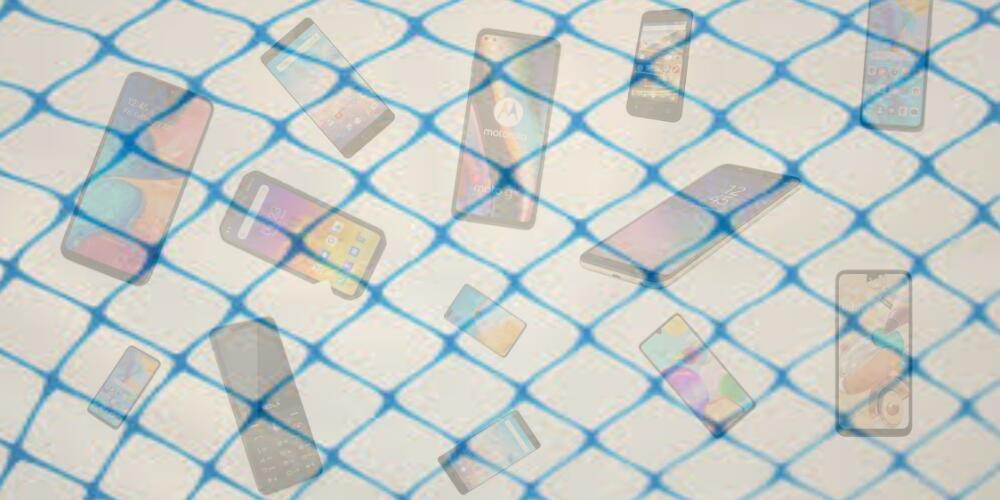
The advent of communication tools for mobile phones has created the possibility of safer, faster and cheaper transmission of messages than by talking through mobile operators, exchanging SMS messages, or sending e-mails.
Most of the new communication tools are transmitted over the Internet via a wireless WIFI connection, so messaging is free.
Text messages, pictures, short films or links to various web addresses are transmitted.
Most of these new tools also have eavesdropping protection by encrypting data so that messages cannot be downloaded by someone for whom they are not intended.
Users initially began to use these tools as a medium to securely send confidential information, but very quickly began to use them for other purposes as well. By creating a group chat group, a powerful tool has been created for a quick and instant exchange of views within various teams, friendly, business, political or social. Some groups very quickly turned into a medium for placing ideas, opinions and attitudes, and promoting something that users saw, or wrote themselves on some other social networks.
These communication tools could take a share of the market from social networks themselves, with small upgrades to existing applications. This would require users to create two types of groups.
The first type would be closed groups with the same rules as the current groups, ie protected and encrypted messages would be sent to all members of the group and no one else could have access to them.
The second type would be open groups in which messages could be exchanged by members of the group, while other users could monitor the exchange of messages in certain such groups. With this type of group, each member of the group should be able to allow some of their contacts from the phonebook to enter their own mobile phone where those contacts could read and watch all the messages exchanged in that group. The user could allow some contacts to view only some groups, while others could be allowed to view some other groups. In order to facilitate this assignment of authority, there should be a division of contacts in the directory of contacts according to types such as; family members, friends, personal acquaintances, business partners, social contacts, useful contacts, or other arbitrary types of contacts. In this way, the user could authorize a whole range of contacts to enter his mobile phone, and look at the messages exchanged through individual groups. When a user of an open group allows a contact to look at such an open group, that user would receive a message in the application, and the name of that group should be automatically updated in a special directory of groups. This directory would contain the names of all the groups with the name of the person who put them in the group. The types of groups could be distinguished by color.
The first type of group would be closed groups in which the cell phone owner can participate in discussions and messaging.
The second color would indicate open groups in which the owner is a member of the group with the right to participate.
The third color would mark the groups in which the owner of the mobile phone can only follow the discussions and the exchange of messages through the one who allowed him to look at the group.
Contacts, ie external members of the group who only have the right to look at a group, would not receive sound or light signals when a new message arrived in a group, but would decide for themselves whether to look at messages and discussions taking place in certain open groups. on the list and which they can look at when they wish. They couldn’t do this just when the cell phone owner who allowed them to view the group turned off his cell phone, or his battery was close to minimum, or he wasn’t connected to WiFi.
In this way, users of individual mobile messaging applications would get a much wider audience for what they do and write in their open groups.
User interest in this is twofold.
On the one hand, they are interested in expanding the messages they want to share as much as possible, and on the other hand, they are interested in limiting the number of those who can take group messages from their mobile phones, as this reduces battery life.
The user must decide for himself which interest is more important to him.
When allowing permission to view their contacts, each user can assign the right to view a group individually to individual contacts, or in groups to all contacts that he has grouped into different types of contacts.
In this way, each mobile phone owner could monitor the activities of all their contacts who approved their tracking, just as it is done on social groups. This would make mobile messaging apps for a small group of acquaintances tools for a much wider promotion of their own ideas, opinions or views, and would take away a significant part of the market from Facebook, Twitter, TikTok, Instagram and other social networks, which would significantly reduce their monopolistic influence on the social attitudes of people around the world.
Some such communication tools have been published as open-sourece tools, and on the basis of such applications such improvements could be added in order to weaken the excessive influence of large social networks.
Other of my technical analyzes and innovations can be found in this book.
Tags
Featured articles